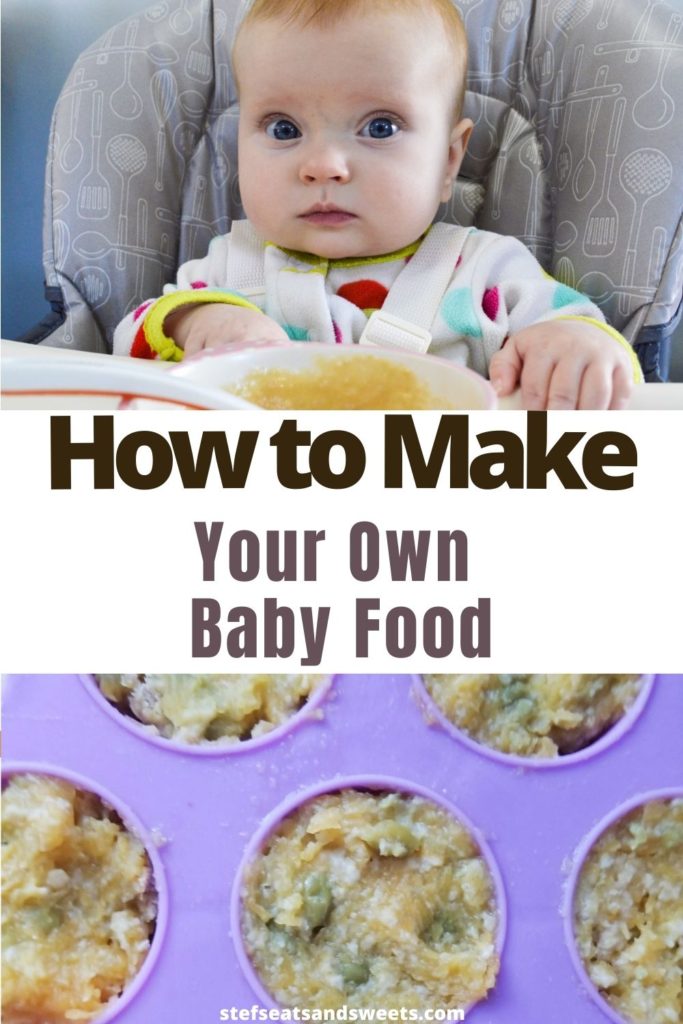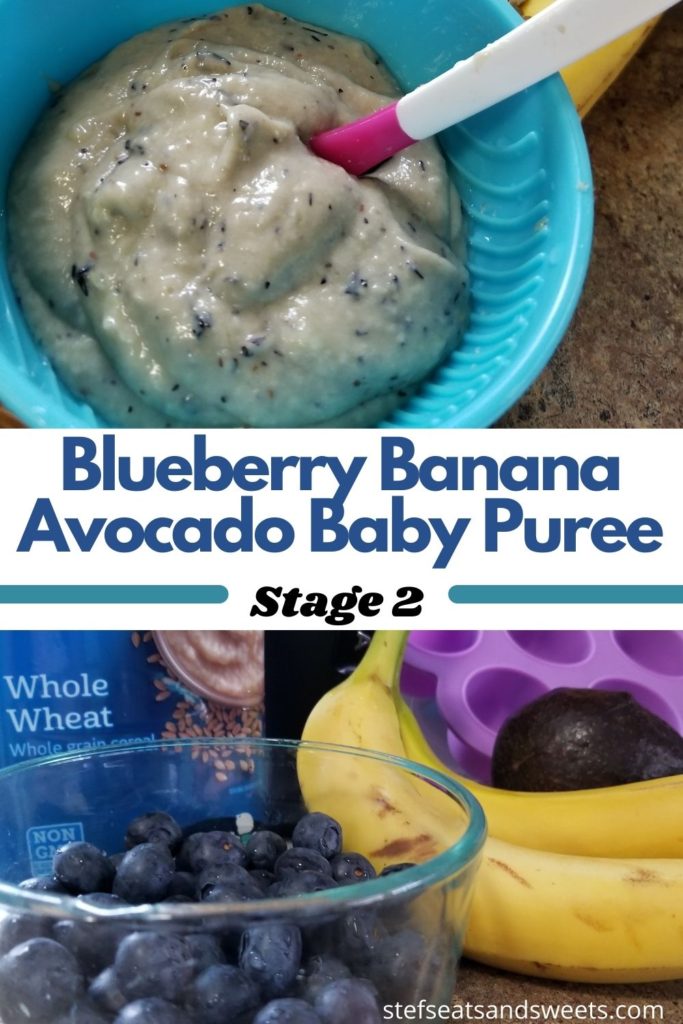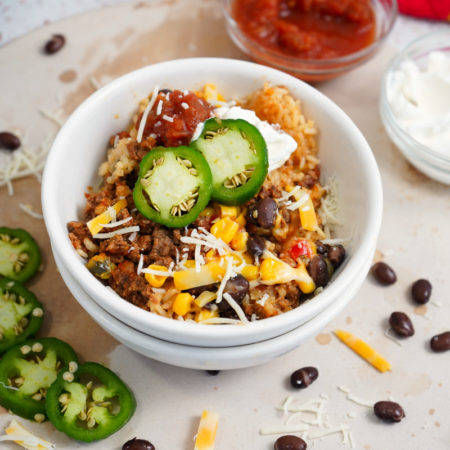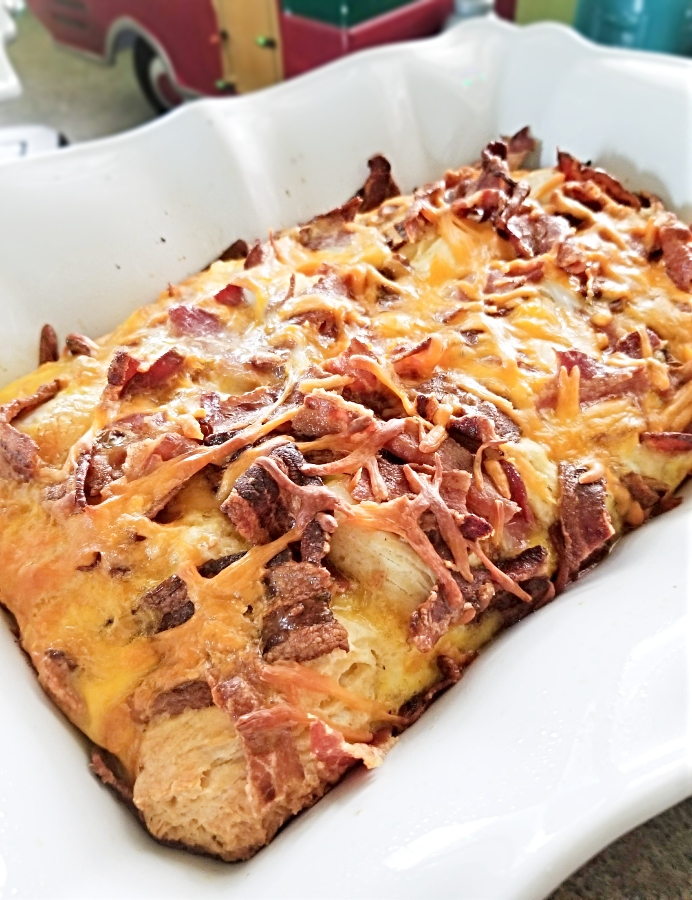
Next up in my baby food series is talking about Introducing Solid Foods to Your Baby. If you have an infant at your house, I hope some of these tips and tricks can help you out! When it’s time to start feeding your baby solid foods, you will want to introduce his or her palette to a variety of vegetables and fruits.
As your infant grows and develops, they will get to a point where they will need more than just breastmilk or formula. Most doctors recommend waiting until your baby is about six months old to start them on solid foods but some parents begin as early as four months. Regardless of when you start your infant on solid foods, you will want to continue breastfeeding or giving your baby his formula until he is at least a year old.
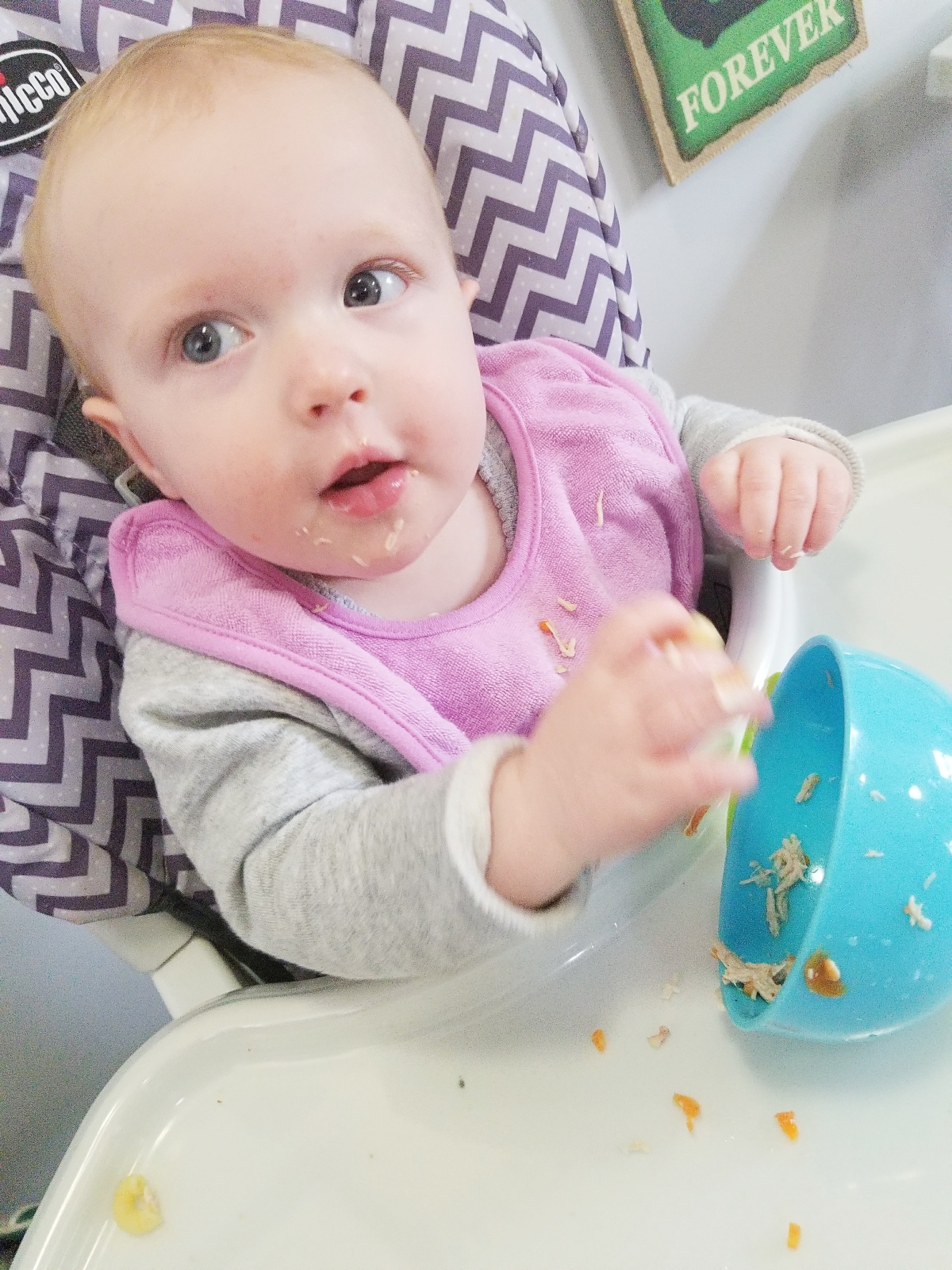
Introducing Your Baby To Solids
Your Babies First Food: Cereals
Transitioning your infant from purely breastmilk or formula can be tough on his little stomach. For this reason, introducing your baby to rice cereal first is easiest on their tummies. Rice cereal or I prefer Oatmeal, mixed with breastmilk or formula, is gentle and easily digestible, making it the perfect first food for you little one. When starting out with cereal, you can make your own or purchase some from your local market. For those of you that prefer to feed your babies organic, Earth’s Best makes a great rice cereal from all organic ingredients. Or Happy Baby i just bought for Stella.
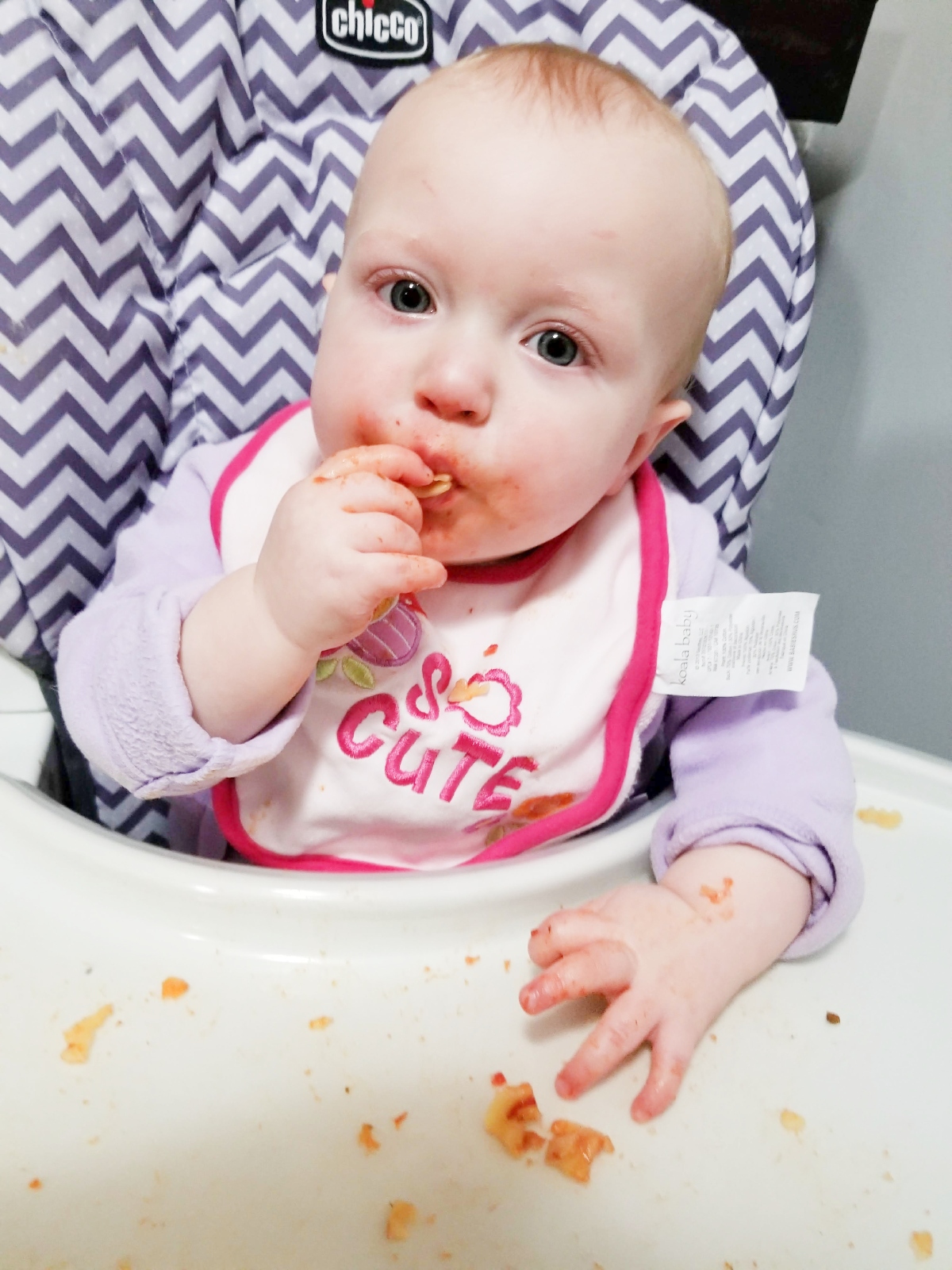
Once you have had your baby on cereal for approximately one week, you can move him on to the other cereals in the series, but not necessarily in this order: oats, rye, and barley. These cereals should be introduced one at a time, spread out far enough that your baby can get used to each new taste and texture. Throughout each of these cereals, it is best to start off slowly. Feed your infant a tablespoon of cereal once a day, slowly easing into three meals: breakfast, lunch, and dinner.
Bringing Vegetables to Your Baby’s Diet
After introducing each of the cereals described above, it is best to introduce your infant’s pallete to vegetables. You can mix your baby’s rice cereal with a few tablespoons of strained or mashed vegetables for their lunchtime or dinner feeding. Again, if you wish to keep what goes into your infant’s body natural and healthy, buy organic baby food or make your own.

As with cereals, introduce each vegetable one at a time, feeding the same vegetable for at least three consecutive days. Doing this will help determine if your baby has any food allergies to the vegetables you are feeding him. Some of the best vegetables to start with are sweet potatoes, carrots, zucchini, and green beans. Vegetables of the yellow variety, such as squash and sweet potatoes, are easiest on the digestive system but, sweeter than their counterparts, might cause your baby to favor them over the nutrient-rich green vegetables, so introduce them alternatively.
Fruits are a Baby’s Favorite
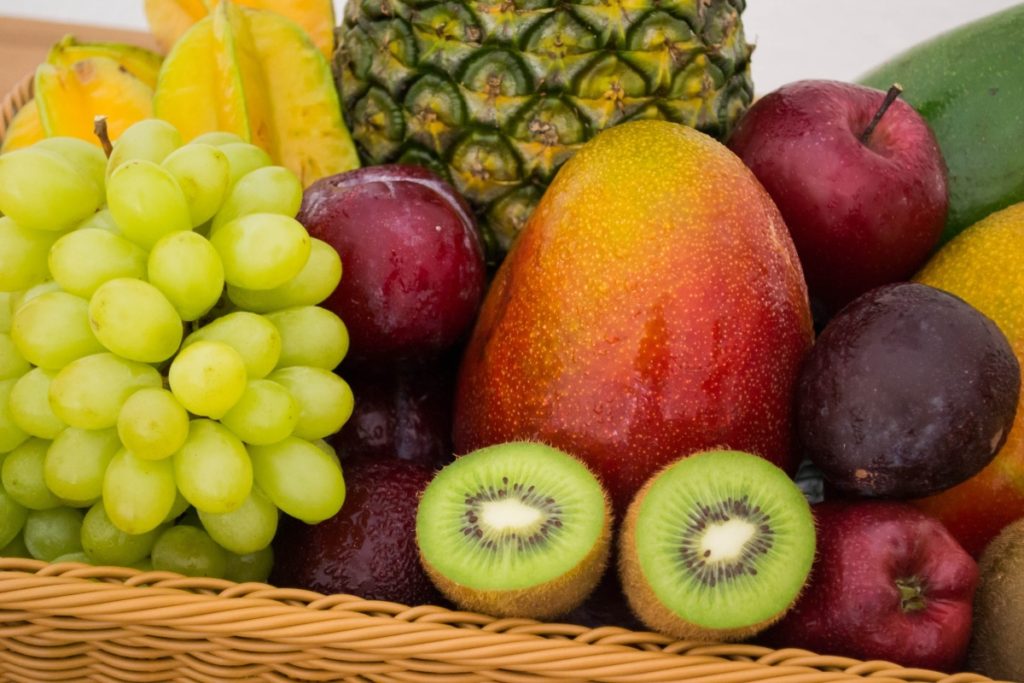
It is best to introduce fruits to your infant after he has mastered a variety of vegetables. Sweeter and more delicious, fruits could impede your baby’s taste for vegetables. As with the veggies, introduce one fruit at a time, allowing a few days in between each new fruit. Mix a tablespoon or two of mashed or strained fruit into your infant’s morning cereal. Once you are sure your little one is not allergic to specific fruits, you can begin mixing fruits and veggies together. Try apples, pears, and plums for your infant’s first fruits.
Combinations & Meals
Once baby has experimented with fruits, vegetables, and grains, you can start mixing them all to make your own combinations! Then once baby has some chompers, you can start with some soft pasta noodles, meats, and all that good stuff! I will get to that soon, too! Until then… happy parenting!
And try to remember…
Introducing solid foods to your infant is a special time for you and your baby. Make each meal a bonding and learning experience by devoting uninterrupted time for you and your infant to share your meals together. 🙂
Make sure to PIN IT!

